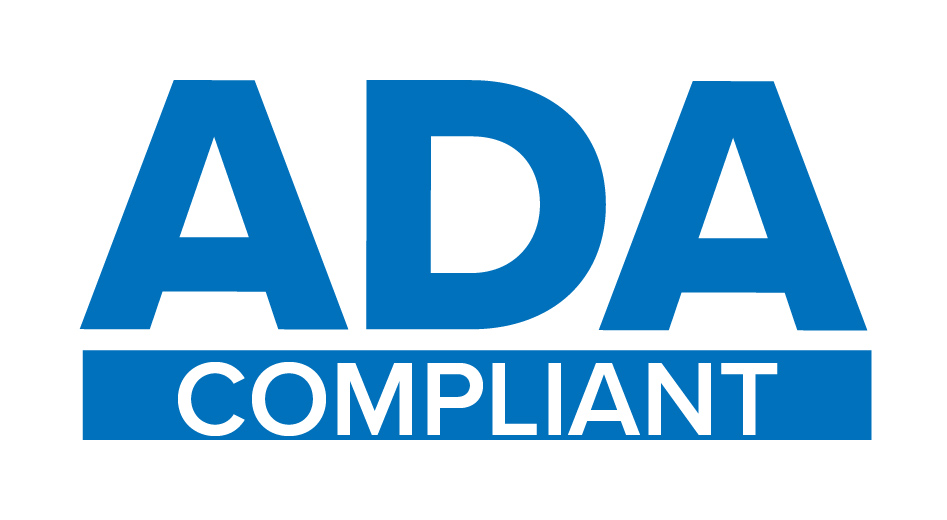• Stay out of the heat. Avoid direct sunlight and strenuous activity outdoors. If possible, remain indoors. If you do not have air conditioning, consider visiting a location that does, such as the mall, a movie theater or a neighborhood big box store.
• Dress for the weather. Wear lightweight, light-colored, loosefitting clothing and a broad-brimmed hat when outdoors. Stay away from polyester in favor of cotton and linens which are better at repelling the sun’s heat. Also, consider wearing sunglasses and putting on a sunscreen with an SPF 15 or greater.
• Drink plenty of liquids. Begin drinking before you go outside and, if exercising, drink one quart of liquid an hour to replace lost fluid. Avoid caffeinated beverages and alcohol which can contribute to the loss of more body fluid. Also, if taking water pills or on a fluid restrictive diet, consult with your physician before increasing your liquid intake.
• Take it slow and easy. Postpone athletic activity or outdoor work during high heat and humidity. Limit outdoor activities to the morning and evening. Drinking sports beverages can replace lost salt and minerals when you perspire. However, those on low-salt diets should check with their doctor before drinking sports beverages. If you work outdoors, in addition to drinking plenty of liquids and dressing appropriately, pace yourself and take frequent short breaks in the shade.
• Eat smaller meals. Instead of the usual rule of eating three square meals a day, eat smaller meals more frequently on days when the sun turns up the heat. Also, avoid high-protein foods which can increase metabolic heat.

